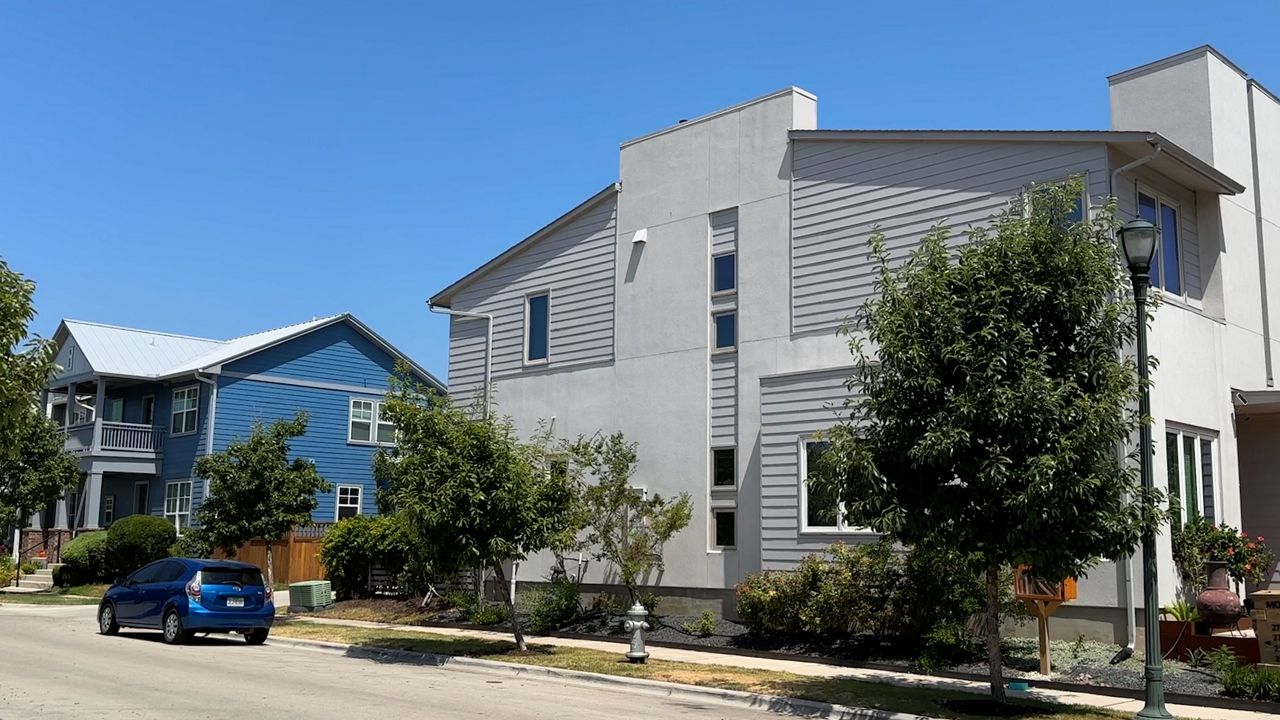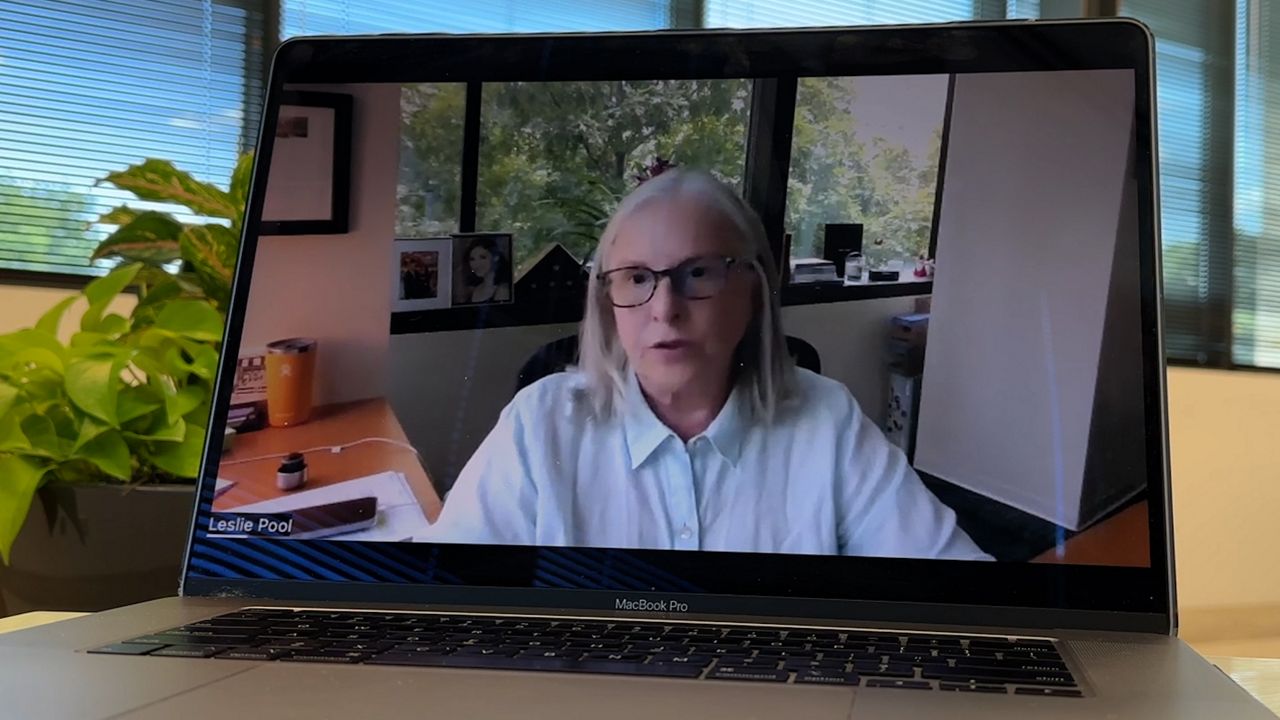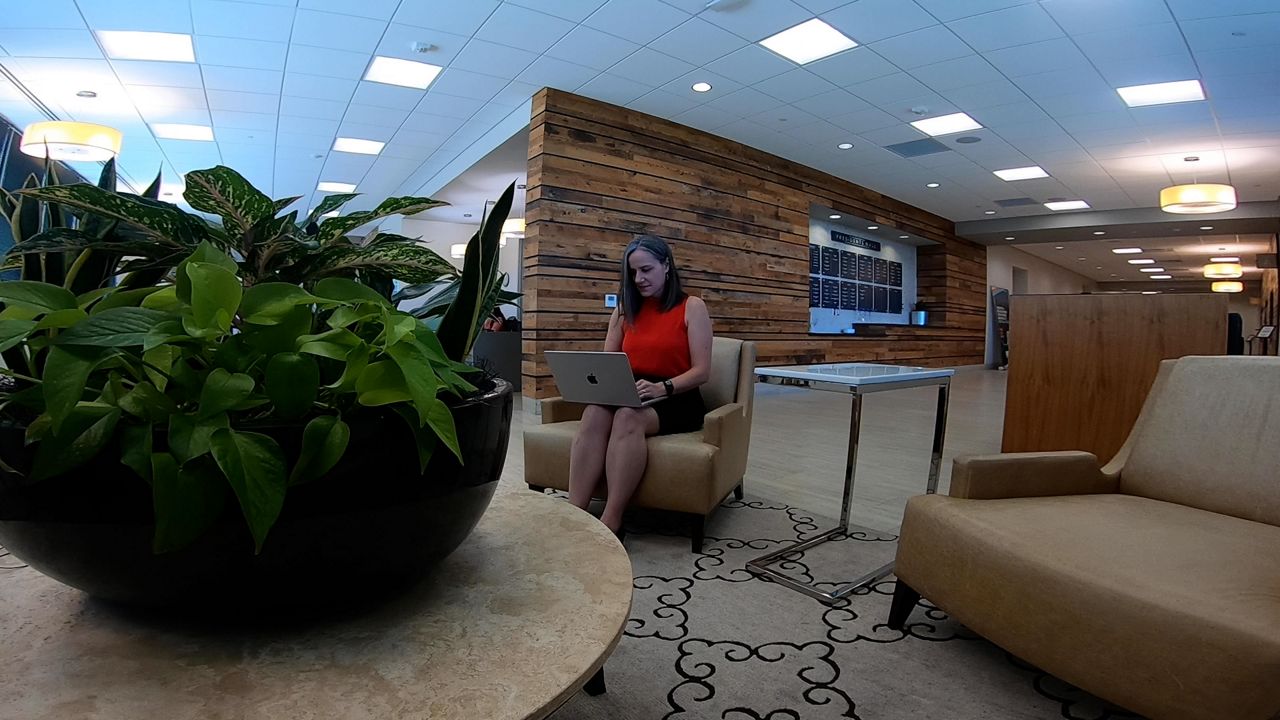AUSTIN, Texas — “Folks are moving out to Kyle, Del Valle, Pflugerville because they can’t afford to live in our Central Austin neighborhoods,” said Awais Azhar, a committee member with HousingWorks Austin.
Azhar has spent years trying to help Austin keep some of its weird. With many middle-income families feeling priced out of the Capital City, he says neighborhoods such as Mueller hold the blueprint to a healthier housing market.
“I’m a tenant, my family is tenants,” Azhar said. “Home ownership is important. How do we make sure first-time home buyers or older owners are able to purchase something that fits their need?”
Austin is one of the fastest growing cities in America, with a median home price of nearly $600,000, according to several real estate experts. That being the case, it's easier said than done, but a new resolution could help.

“What’s within our control is the process to get housing approved,” Austin City Council member and 43-year Austinite Leslie Pool said.
Pool helped spearhead Home Options for Middle Income Empowerment, or HOME, which would reduce lot requirements to 2,500 square feet and allow up to three units per space while still providing single family home zoning as well.
“I want to make it possible for residents to buy a home and live in our neighborhoods and send their kids to our great public schools,” Pool said. “I think this a neighborhood preservation effort, honestly.”
San Antonio and Houston are among the cities in Texas that have rolled out a similar mixed-development model to address this concern.
Austin native and Board of Realtor’s President Ashley Jackson isn’t surprised this conversation has taken time in the Capital City, but she agrees for Central Texans and the market overall, it is an important step.
“When people can’t afford to live here, we’re losing the energy that makes Austin a place we love,” Jackson said. “So this will allow people to stay and to buy at whatever price point they may be at.”

In the next six months, City Council’s resolution will look to answer realistic questions regarding the complicated land code long term. However, with Austin now among the top 10 in total population, the desire for many is to implement these policies sooner rather than later.
“Hopefully over the next few years we can really start to make all the changes that are necessary to make Austin more affordable and more accessible,” Azhar said.




